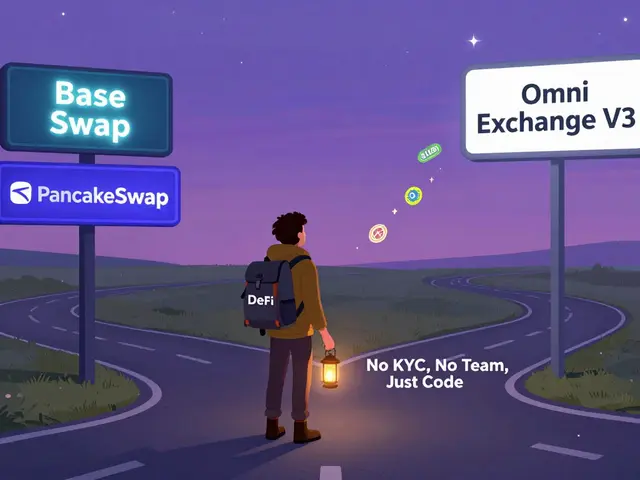Wallet Recovery Guide: Regain Access to Your Crypto Wallets
When working with wallet recovery guide, a practical resource that walks you through restoring a lost or inaccessible crypto wallet. Also known as wallet restore tutorial, it covers tools, safety measures, and step‑by‑step methods for different wallet types. Whether you misplaced a seed phrase, damaged a hardware device, or hit a UI glitch, the core idea stays the same: you need the right piece of data and a safe environment to re‑enter it.
Every crypto holder relies on a cryptocurrency wallet, software or hardware that stores the keys granting control over blockchain assets. The wallet itself never holds coins; the keys do. The most common key format is the private key, a 256‑bit string that proves ownership and signs transactions. Lose the private key and you lose the ability to move funds, which is why the recovery process hinges on securely retrieving or reconstructing that key.
What the guide will walk you through
First, we explain how a wallet recovery guide fits into the broader security ecosystem. It requires a clear understanding of your wallet’s architecture—whether it’s a single‑key software wallet, a hardware device, or a multisignature (multisig) setup. Multisig wallets, for example, encompass multiple private keys that together authorize a transaction. This adds a safety net: if one key is lost, the remaining keys can still trigger a recovery, but the process is more involved.
Next, we dive into the seed phrase, also called a recovery phrase. It represents a human‑readable list of 12‑24 words generated from the underlying private key using BIP‑39 standards. Knowing how to safely store, validate, and re‑import a seed phrase is essential. The guide outlines tools like offline word‑list checkers and open‑source wallets that let you recreate the master key without exposing it to the internet.
Hardware wallets add another layer of protection by keeping the private key isolated in a secure element. Recovering from a broken device involves flashing the firmware, importing the original seed phrase, and verifying the address matches your records. We cover the exact steps for popular models and warn about common pitfalls, such as using unofficial firmware that could leak keys.
For those using multisig, the guide explains how to reconstruct the wallet using the remaining valid keys and a trusted aggregator like Gnosis Safe. It connects the concepts of threshold signatures, key rotation, and emergency access modules, showing how they influence the recovery path.
Throughout the guide, we stress security hygiene: always work on an air‑gapped computer, verify checksums of any recovery software, and never share your seed phrase or private key over chat or email. These practices influence the success of any recovery attempt and protect you from phishing attacks that often mimic legitimate recovery tools.
By the end of the guide, you’ll have a clear checklist: identify wallet type, locate backup material, choose a trusted recovery environment, and execute the appropriate re‑import method. The next section below lists detailed articles that expand each step—covering airdrop safety, mining‑friendly jurisdictions, VPN usage in restricted regions, and more—so you can dive deeper into any specific scenario you face.
Multisig Wallet Recovery: Complete Guide & Best Practices
Learn how to recover funds from multi‑signature cryptocurrency wallets with step‑by‑step guides, provider comparisons, checklists, and expert tips.





